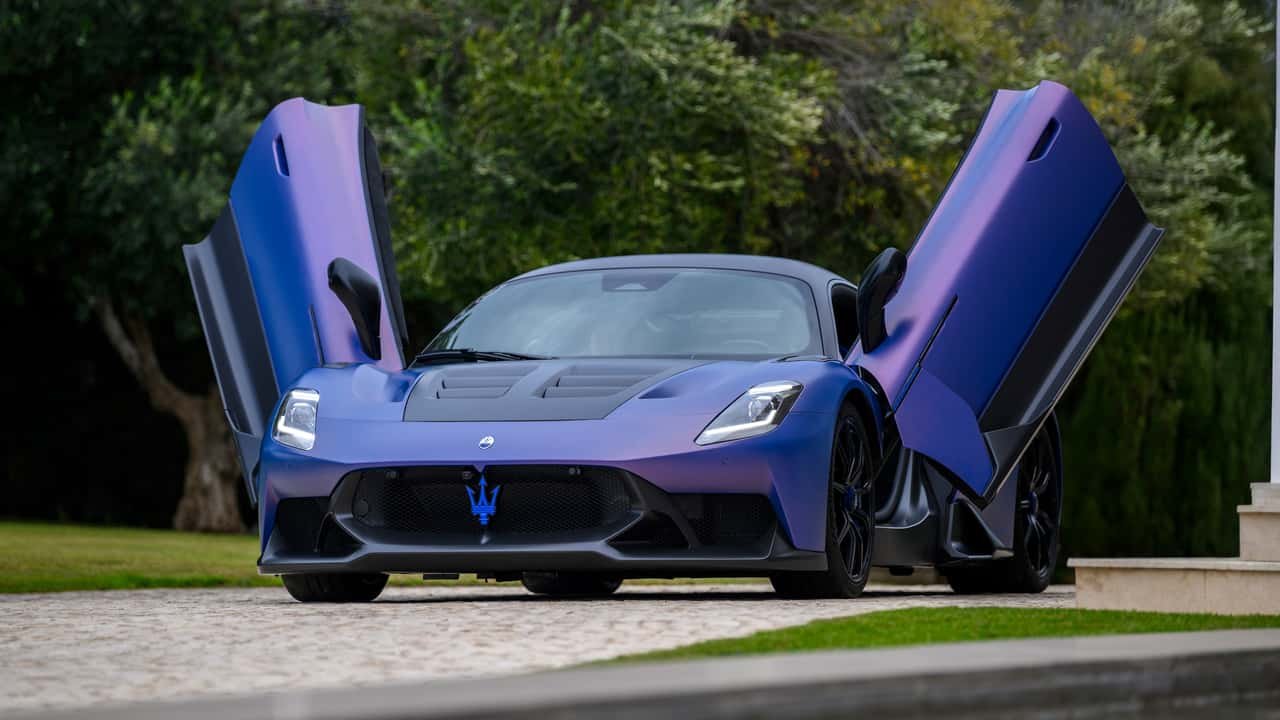Maserati, the iconic Italian luxury sports car brand, has been navigating through turbulent waters lately. Despite recent speculation about its potential sale, Stellantis, Maserati’s parent company, has reaffirmed its commitment to retaining the brand. However, this decision comes amidst significant challenges, including plummeting sales and financial losses. In this article, we will delve into the current state of Maserati, exploring its struggles and the implications of Stellantis’s stance on its future.
Keywords: Maserati, Stellantis, Luxury Cars, Electric Vehicles, Automotive Industry
Current Challenges Facing Maserati
Maserati has faced substantial setbacks in recent years, with sales figures dropping dramatically. In 2023, the brand sold approximately 26,600 vehicles, but this number halved in 2024, reflecting a severe decline in market performance. This downturn marks one of the sharpest declines in the brand’s modern history and underscores the broader pressures within the luxury car segment.
The dip in sales is attributable to several factors, including increased competition, slower-than-expected rollout of electric models, and waning consumer interest in aging product lines. Models like the Quattroporte and Levante, once flagship performers for the brand, are now seen as outdated compared to rivals offering more innovative technology and design.
Financially, Maserati recorded significant losses, with a net loss of 260 million euros in 2024, marking a stark contrast to its profitable status in previous years. These losses have led to growing concerns about the brand’s long-term viability, especially in a global market that is increasingly shifting toward electrification and sustainability.
Financial Strains and Investment Cuts
One of the most critical blows to Maserati’s future plans was Stellantis’s decision to cancel a €1.5 billion investment in the brand. This move has put several high-profile projects, including the electric MC20 Folgore and successors to the Quattroporte and Levante, in jeopardy.
The cancellation of these projects not only affects Maserati’s product lineup but also its ability to compete in the rapidly evolving electric vehicle (EV) market. With rivals like Porsche, BMW, and Mercedes-Benz accelerating their EV strategies, Maserati’s delayed entry into this space could have long-lasting repercussions.
Moreover, the scrapping of the investment has sent a concerning signal to investors and enthusiasts alike about Stellantis’s confidence in Maserati’s direction. Without fresh capital to innovate and reposition the brand, Maserati risks falling further behind in a fiercely competitive sector that rewards agility and foresight.
Stellantis’s Position on Maserati’s Future
Despite the challenges, Stellantis has reiterated its intention to keep Maserati within its portfolio. However, this commitment is being tested by ongoing discussions about restructuring options, including potential partnerships or even a sale of the brand.
The automotive conglomerate has emphasized that while Maserati is facing difficult circumstances, it still holds strategic value. Maserati represents Stellantis’s only true luxury brand, and its heritage continues to resonate with car enthusiasts and collectors around the world.
Nevertheless, the brand’s underperformance has prompted Stellantis to consider a variety of scenarios to revitalize its position. These include increasing operational efficiency, sharing platforms and technologies across Stellantis brands, and possibly seeking external collaborators to co-develop future vehicles.
The Role of McKinsey in Shaping Maserati’s Future
McKinsey’s involvement highlights the complexity of Maserati’s situation. The consulting firm is tasked with evaluating options for Maserati and Alfa Romeo, another struggling Stellantis brand. This includes exploring partnerships with other automakers to access new technologies, a move that could potentially revitalize Maserati’s product offerings.
In addition to operational assessments, McKinsey is also expected to provide strategic advice on branding, customer engagement, and long-term growth potential. Their analysis could influence whether Maserati continues as a standalone brand, forms a joint venture, or even becomes a candidate for external divestment under favorable terms.
This external consultancy effort indicates that Stellantis is open to bold and potentially transformative solutions, and that nothing is entirely off the table when it comes to securing a sustainable future for Maserati.
The Impact of Tariffs on Maserati and Alfa Romeo
Both Maserati and Alfa Romeo face significant challenges due to U.S. tariffs, which have hindered their ability to compete effectively in the American market. The lack of production facilities in the U.S. exposes these brands to a 25% tariff, further complicating their financial situations.
For Maserati, which relies heavily on exports to high-end markets such as North America, these tariffs have eroded profit margins and made pricing less competitive. Efforts to pass these costs onto consumers have largely failed, contributing to the overall sales decline.
This external pressure adds to the internal challenges Maserati is facing, making its path to recovery even more daunting. Establishing localized production or lobbying for tariff exemptions are among the long-term solutions that could alleviate some of these pressures, but these strategies require substantial time and investment.
Bottom Lines
Maserati’s future remains uncertain, with significant hurdles to overcome. While Stellantis has committed to retaining the brand, the cancellation of key investments and ongoing discussions about restructuring suggest that Maserati’s path forward will be challenging.
As the automotive industry continues to evolve, particularly with the shift towards electric vehicles, Maserati must adapt quickly to regain its footing in the luxury car market. Innovation, brand reinvention, and operational efficiency will be crucial moving forward.
Whether through partnerships, new product launches, or strategic repositioning, the coming years will be crucial for Maserati’s survival and success. Its storied past and iconic status provide a strong foundation—but turning that legacy into a sustainable future will require decisive action, visionary leadership, and renewed commitment to excellence.

